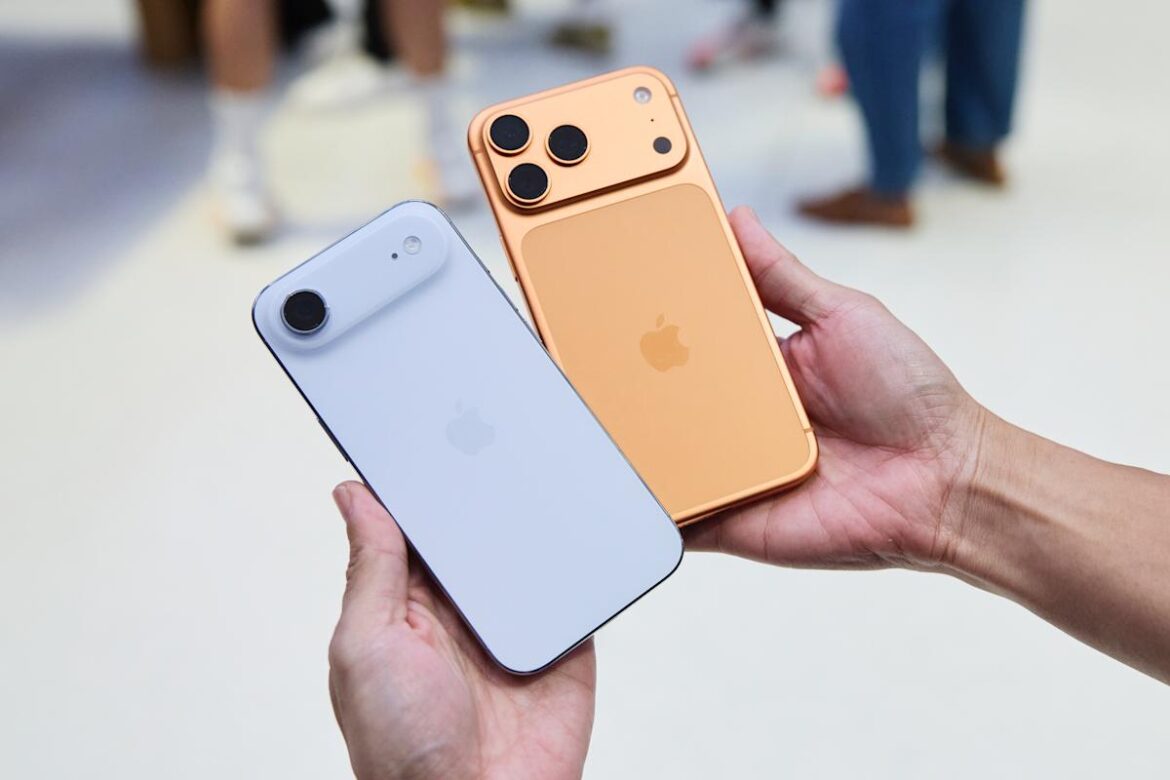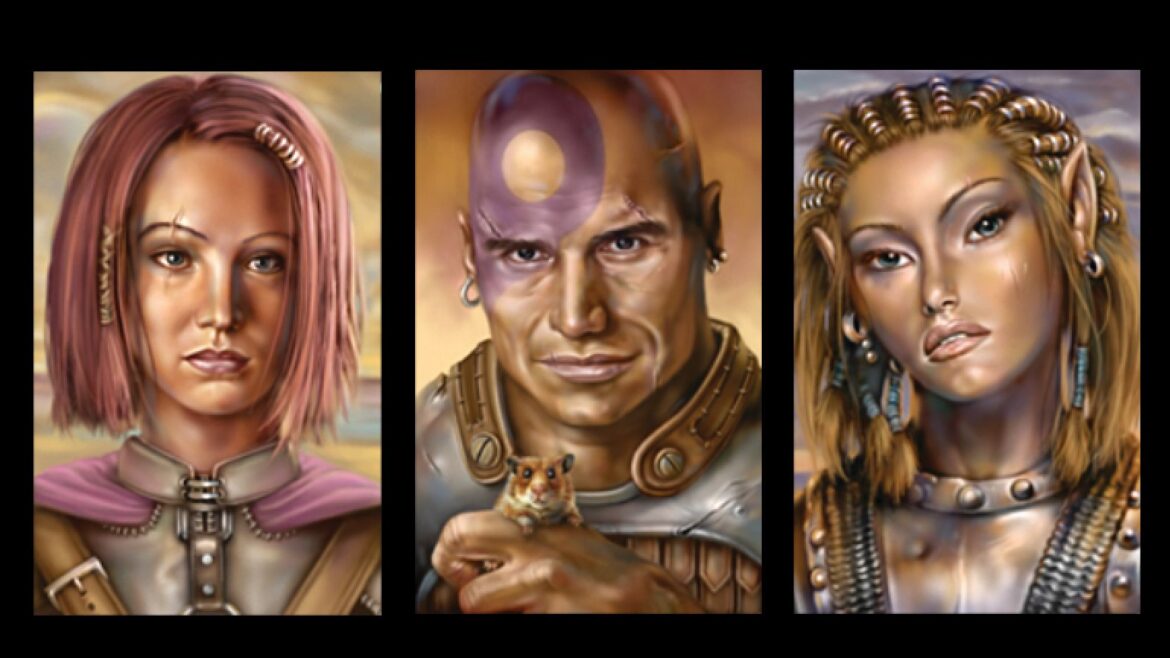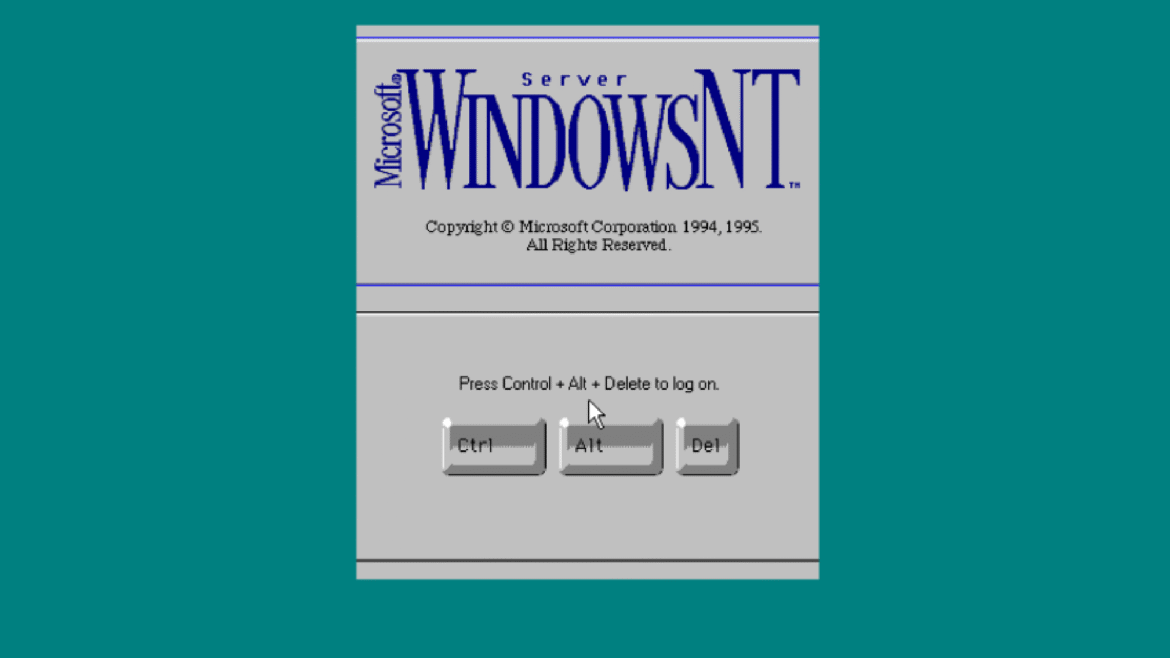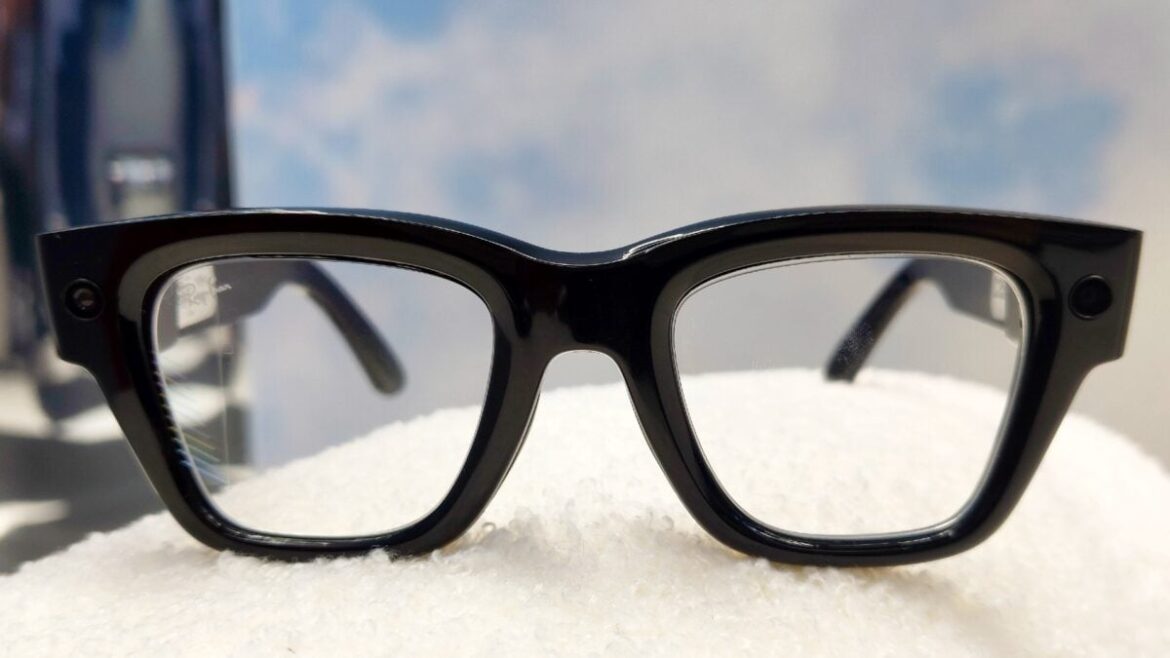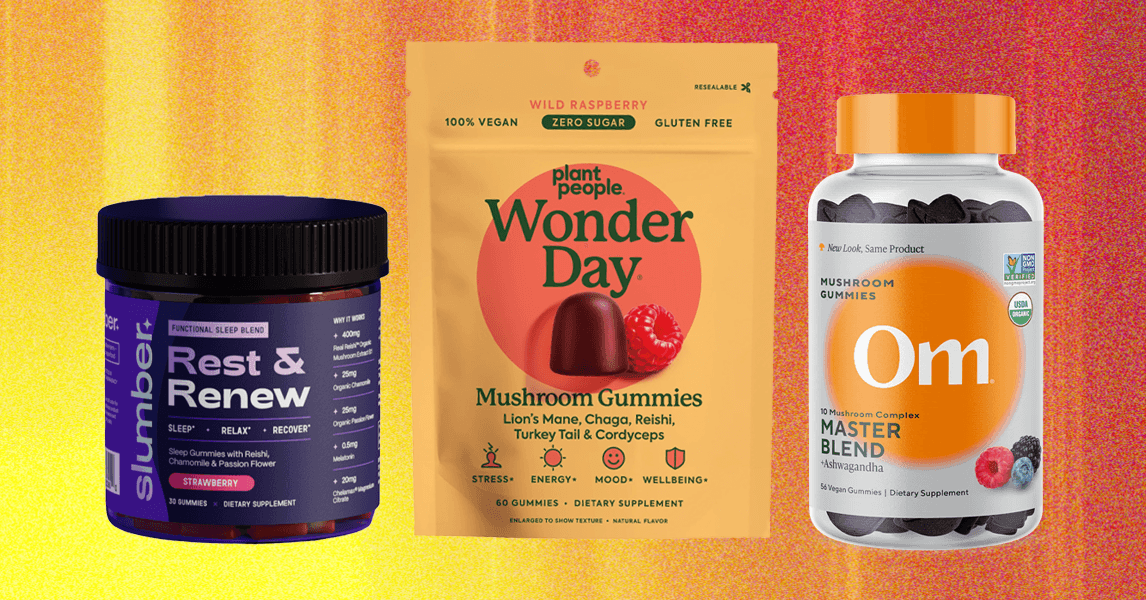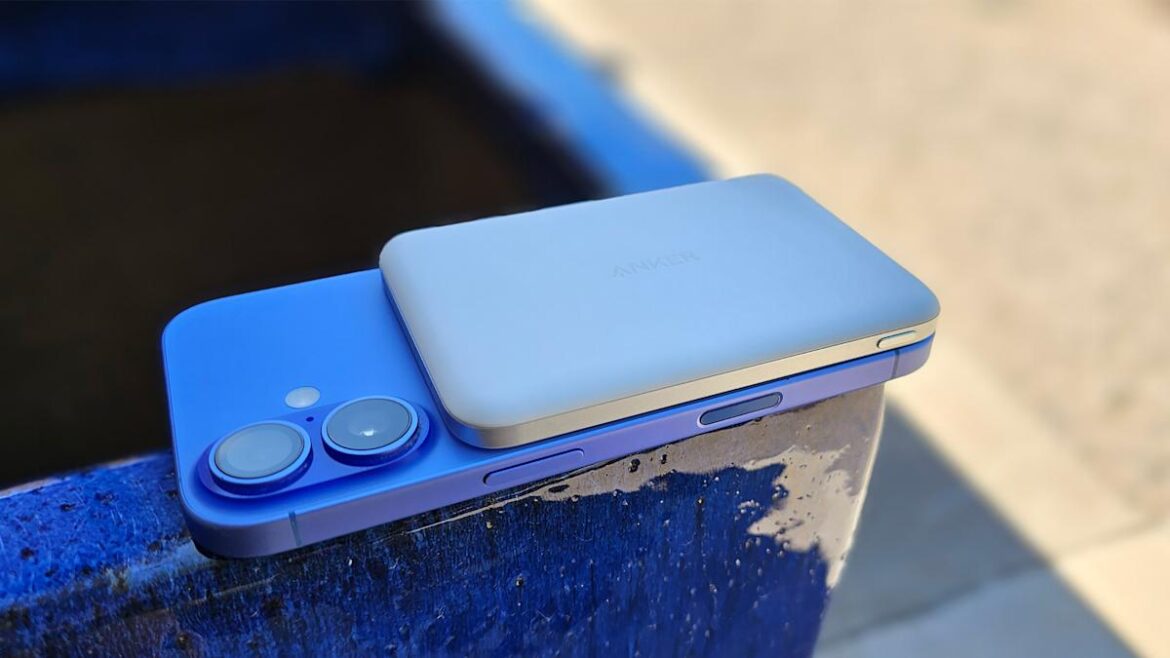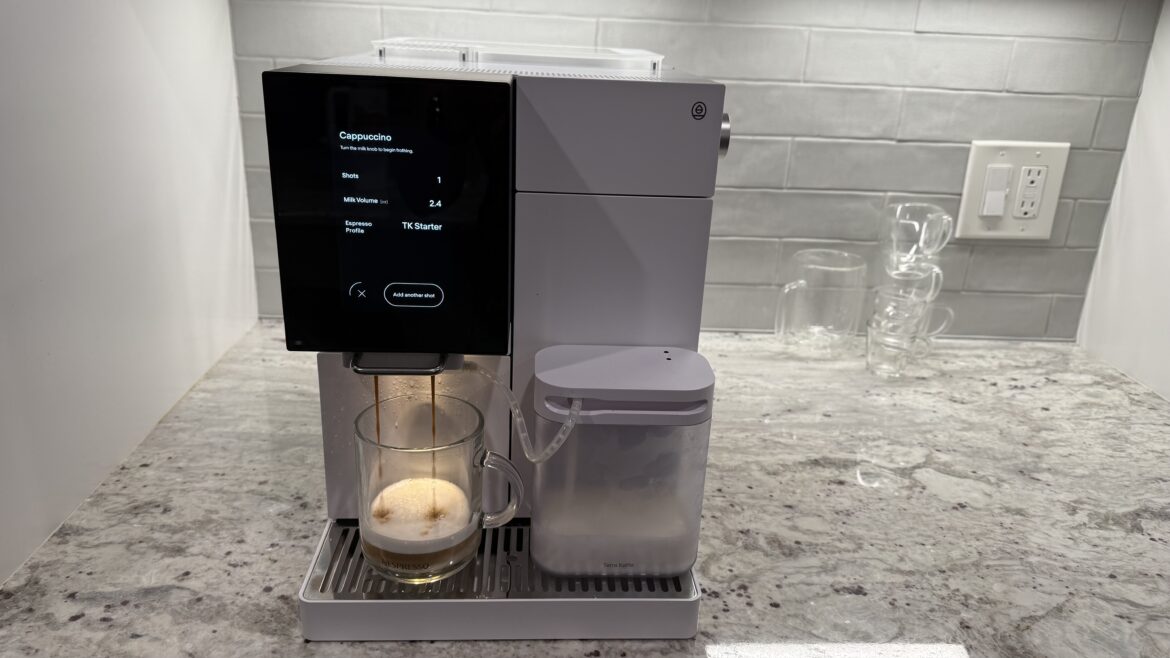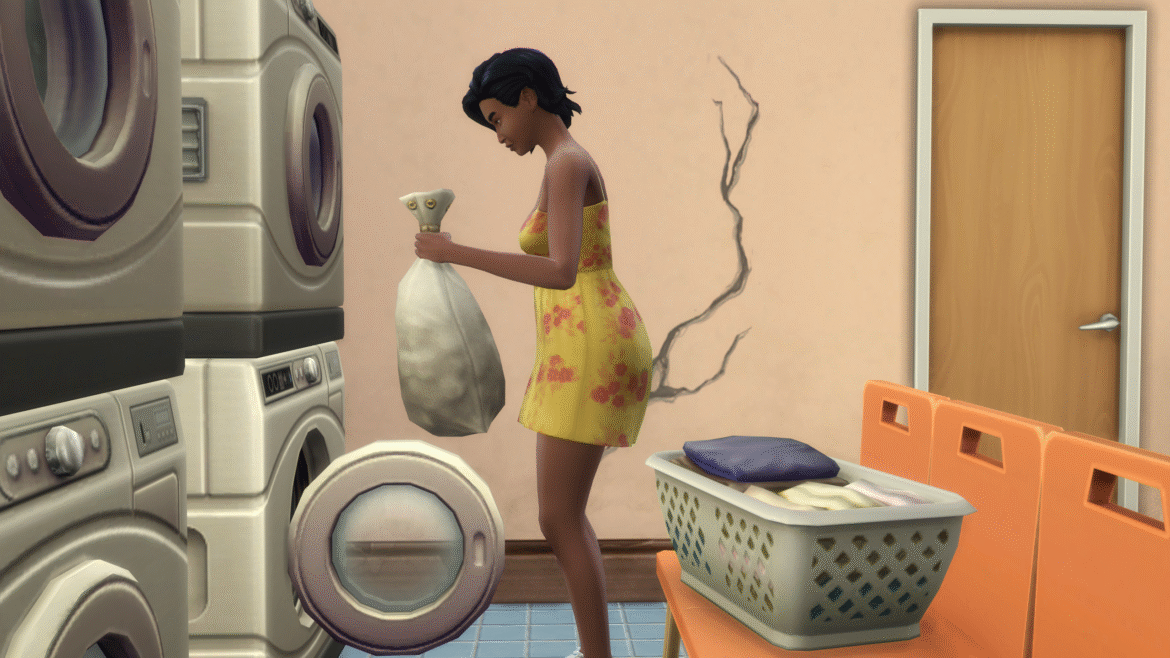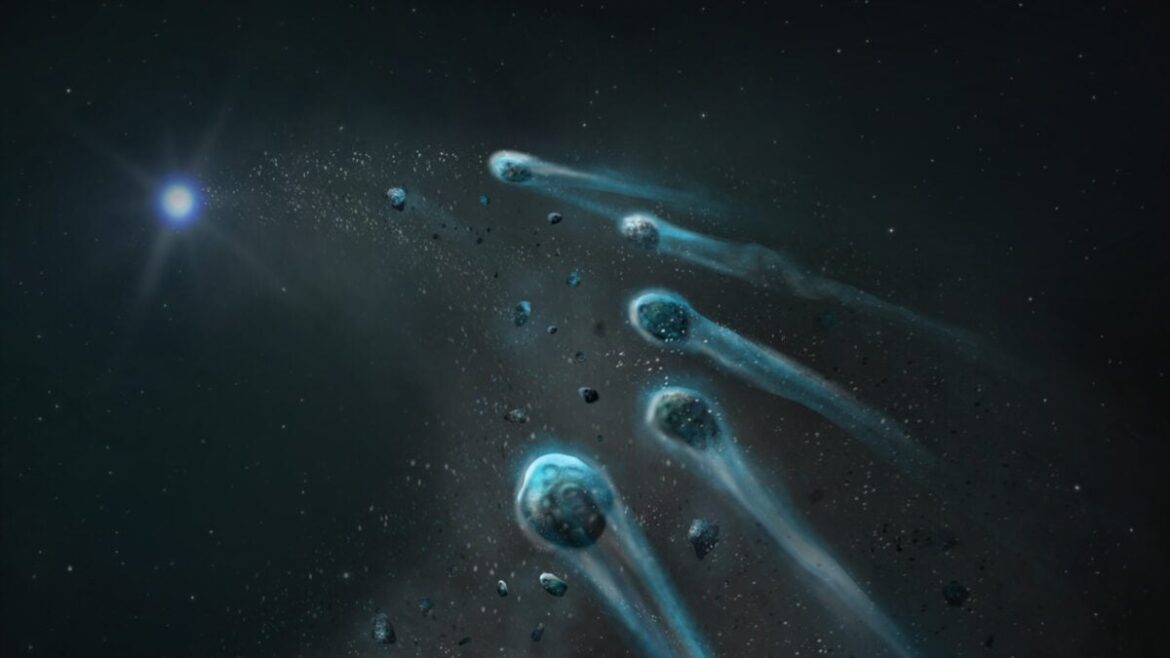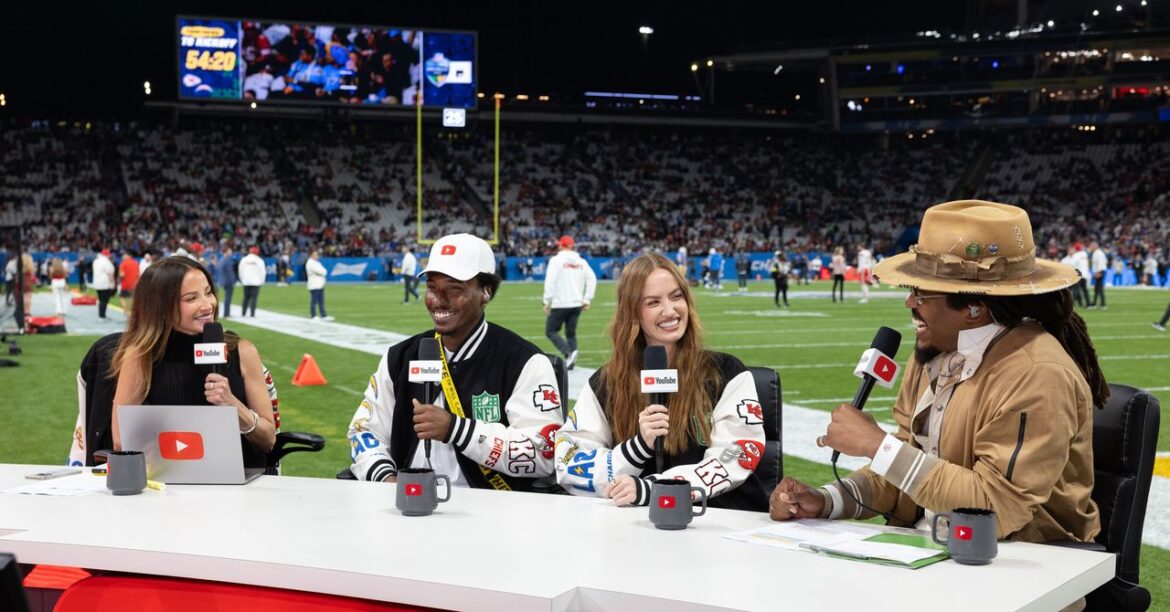Early shoppers are taking to the web to warn about the potentially scratch-prone nature of specific iPhone 17 model and color combos. According to a Bloomberg report, those demoing the latest iPhone in-store noticed that the iPhone 17 Pro in Deep Blue and the iPhone Air in Space Black models already had very noticeable scratches and scuffs. The report is backed up by social media posts following the release, where users recorded display models with residual marks from being used with a MagSafe charger and showed off photos of the back camera housing with chipped edges.
In a video by JerryRigEverything, the YouTuber puts the iPhone 17 models to the test with razor blades, coins and keys. The video highlights the edges of the iPhone 17 Pro’s back camera housing as particularly prone to scuffing since the colored aluminum oxide layer from the anodization process tends not to stick to sharp corners. However, the YouTuber also purposely marked up the iPhone 17 Pro blue model’s camera plateau itself and the phone’s back, which showed clear scratches that were easily wiped off.
The visibility of the scratches could be attributed to Apple’s decision to switch back from the iPhone 16 Pro’s titanium chassis to aluminum, which is known to be susceptible to marking. However, all of these scratches are cosmetic and won’t affect how these latest iPhones function. Many iPhone buyers may not even run into this issue at all, considering a majority of owners use a case.

